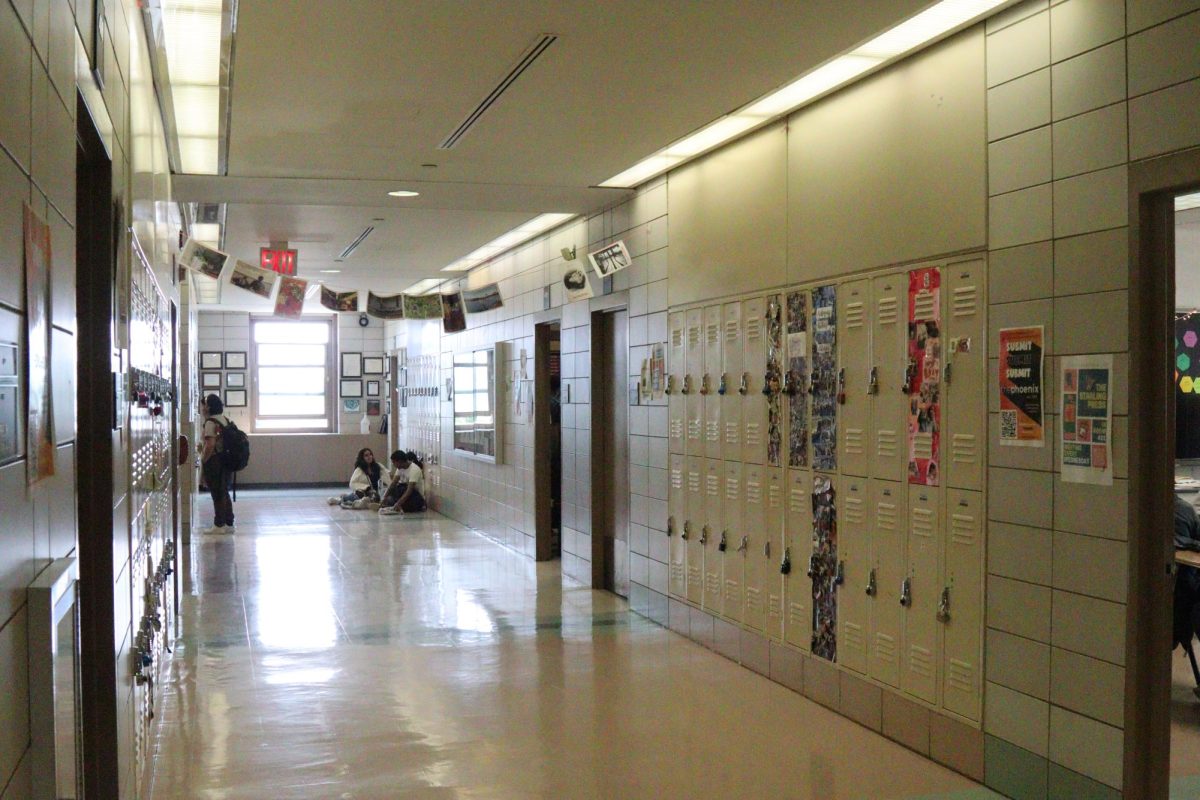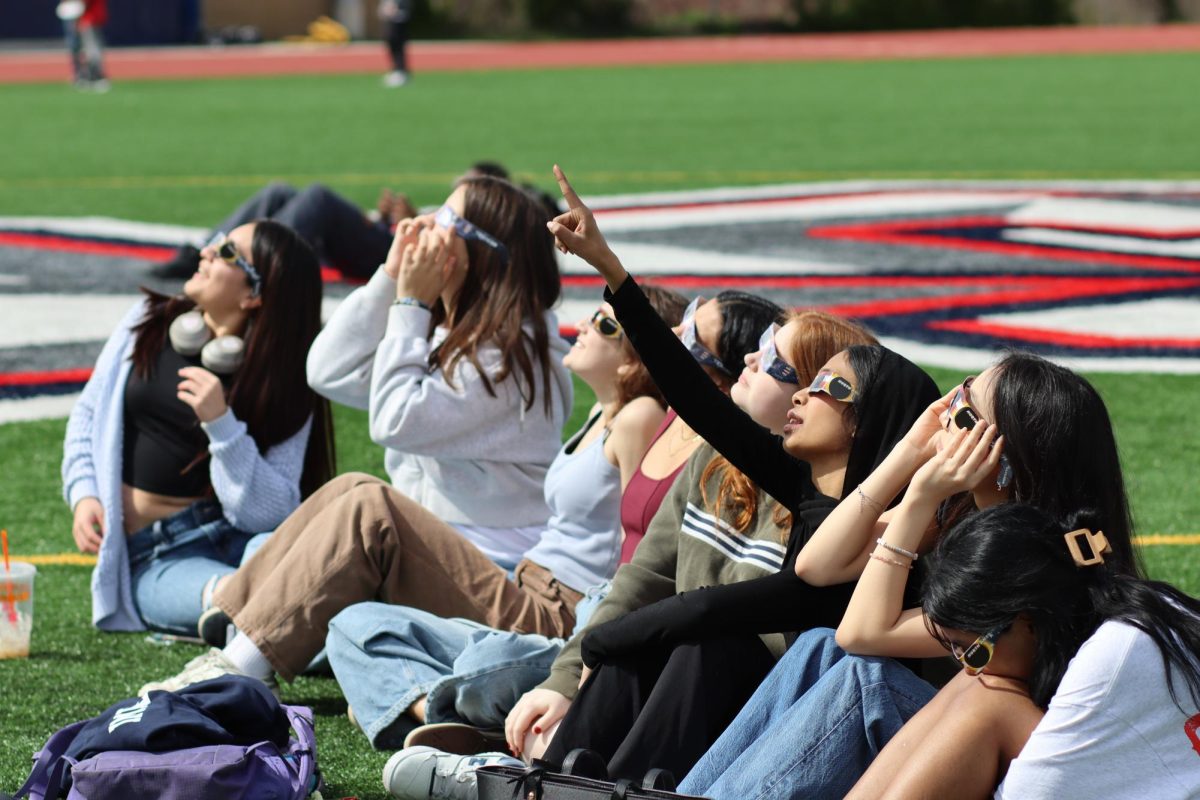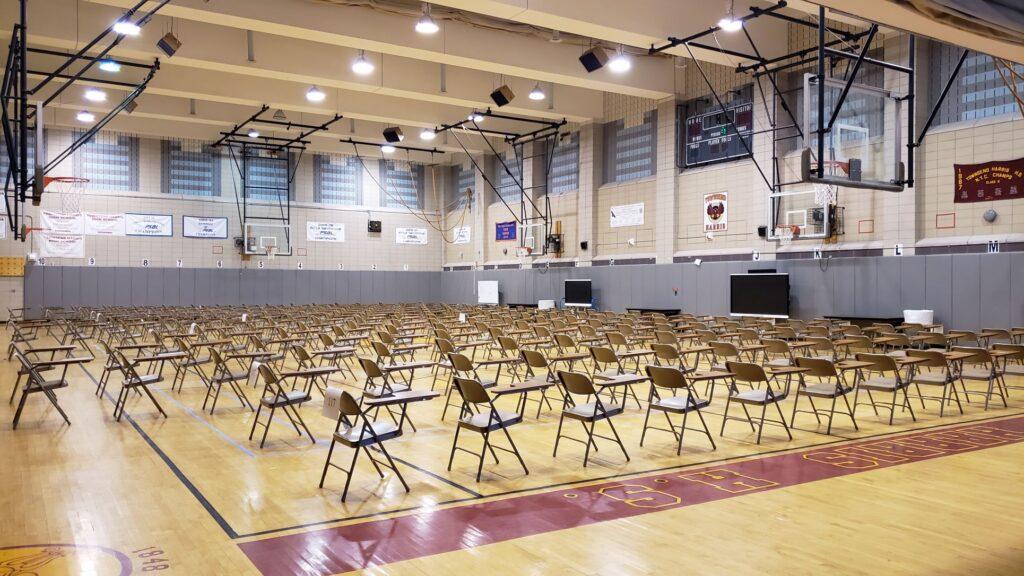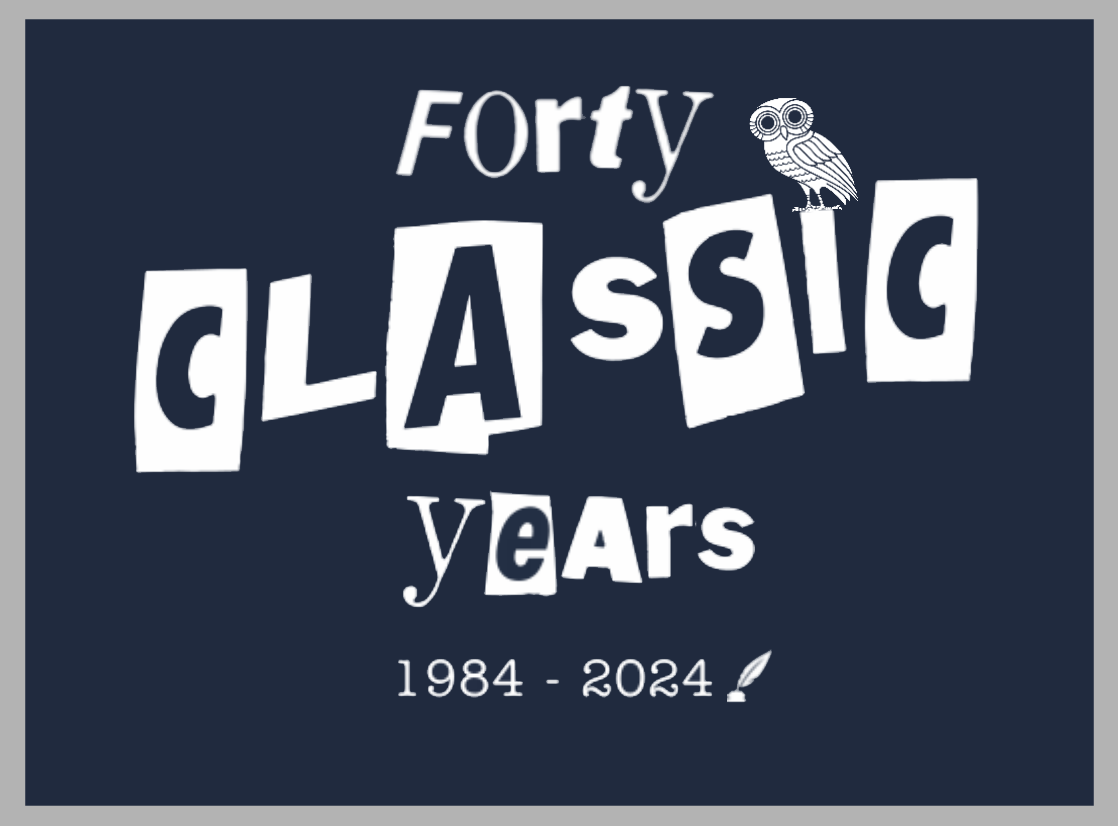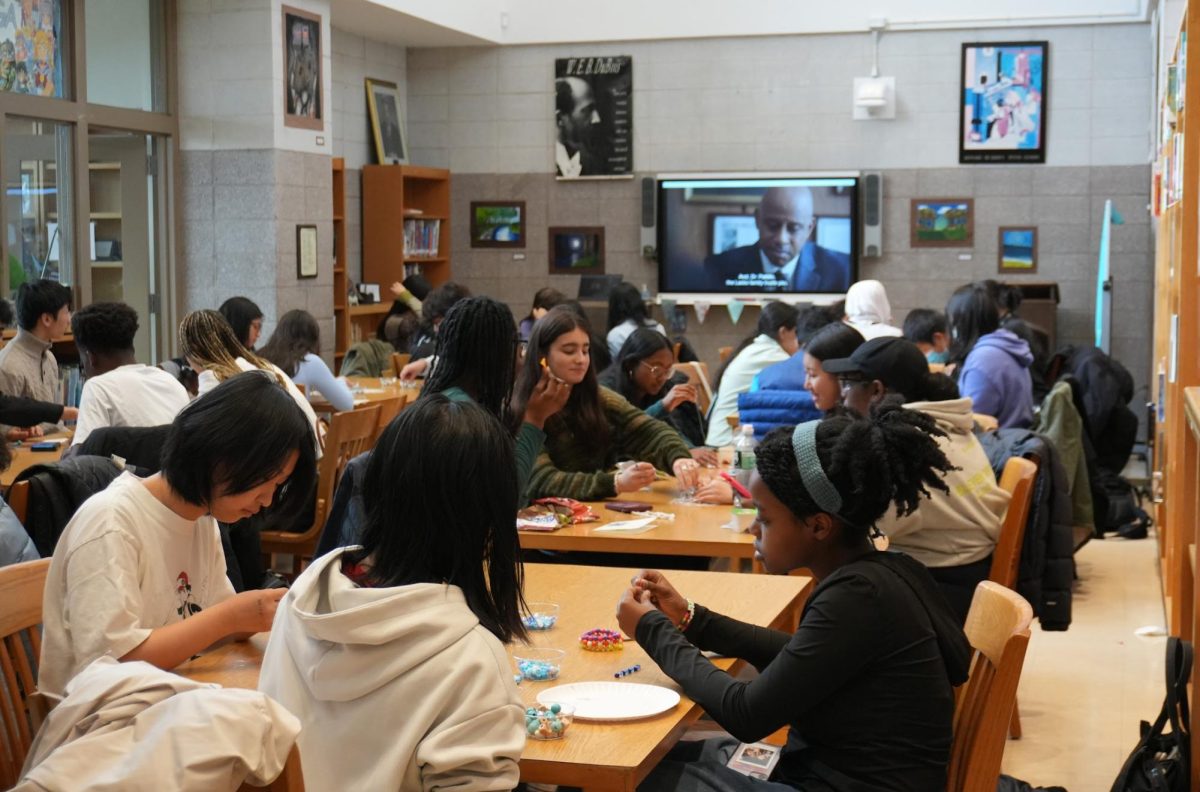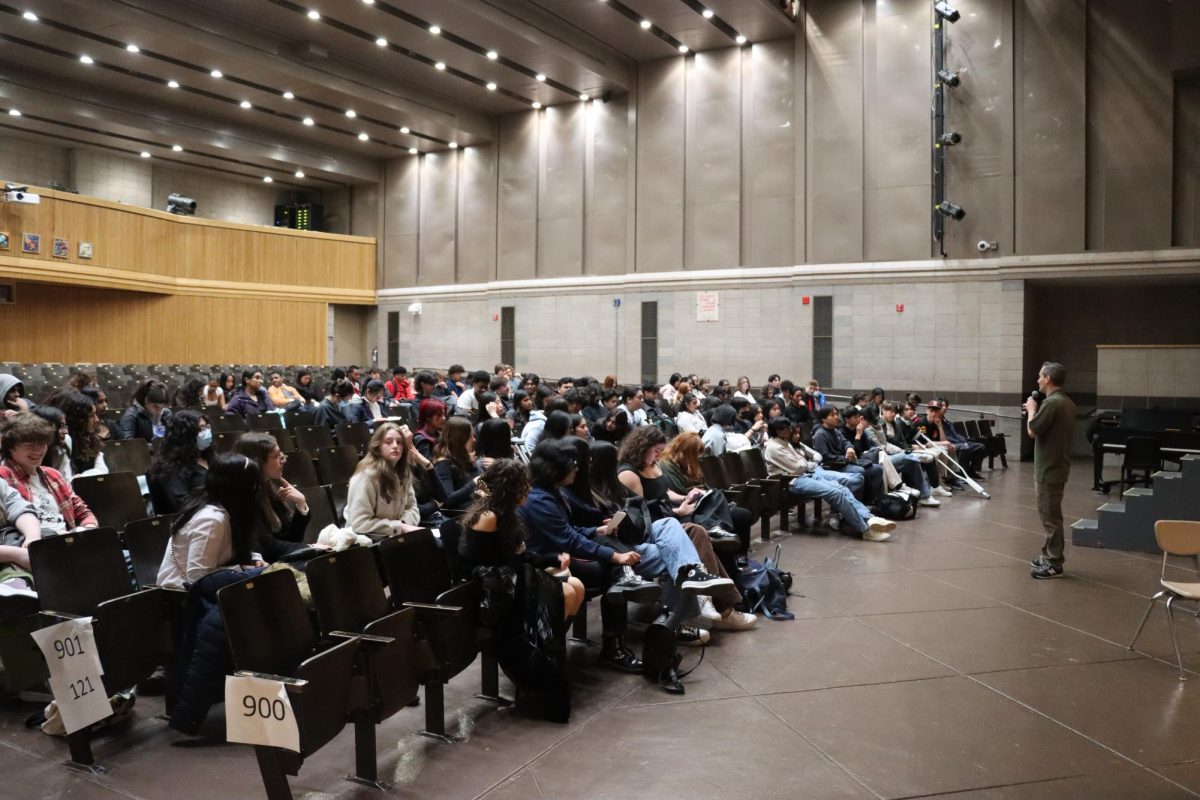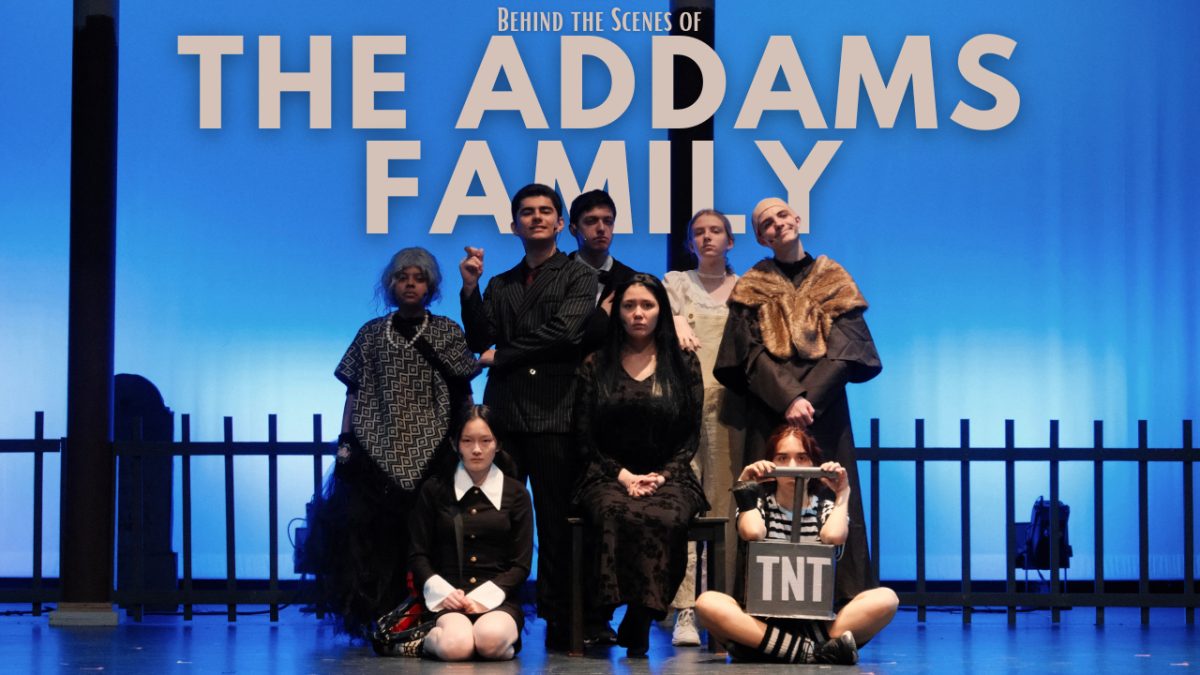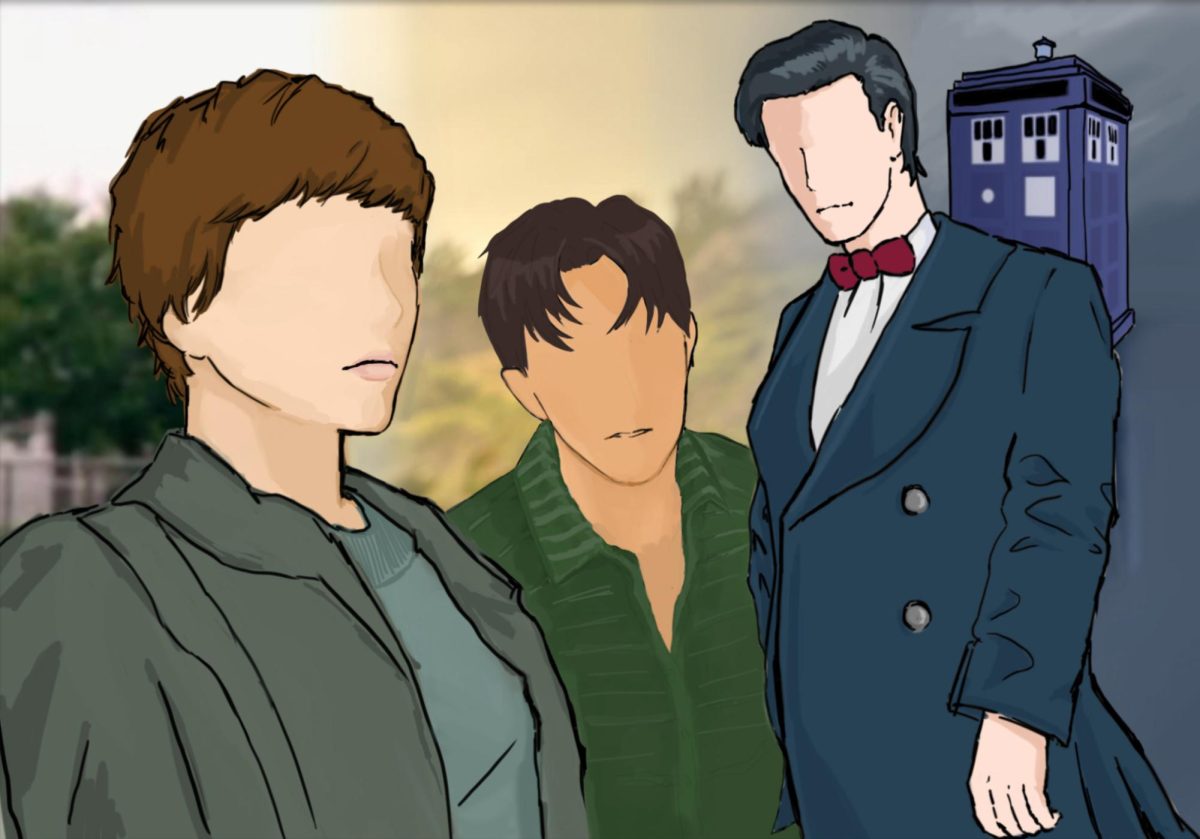
With Oscar season quickly approaching, it’s time to examine one of the biggest trends in filmmaking: 3-D. The technique is nothing new, having existed in some form since 1915, but recent advancements in the past decade have made its use much more regular. The truth of the matter is, 3-D is to film as AutoTune is to music–fun and effective when used sparingly, but ridiculous and distracting when relied on too heavily.
While 3-D is the new normal for blockbusters, there are only a handful of films released each year that truly use it to aid in visual storytelling. These films, usually grand adventures such as Avatar, Life of Pi, and Gravity, are stunning to watch and immerse viewers in a completely different world. They are what 3-D was meant for, and the reason a lot of consumers pay to see less substantial movies in 3-D.
Many films that are shown in 3-D have the effect added in post-production, and if the director doesn’t keep this in mind while shooting, it can look sloppy, arbitrary, or make no impact at all. It can also be abused to the point that it’s physically sickening to look at the screen. Action movies, often known for their lack of substance and bar- rage of effects, are some of the worst offenders. Instead of creating an interesting, coherent plot, directors of these films spend their budgets on dizzying 3-D stunts. For the amount a 3-D ticket costs, audiences deserve more than some flashy tricks.
While the prices for 3-D tickets create huge profit margins for film studios, they still scare off customers. Holly- wood heavyweights George Lucas and Steven Spielberg spoke about the dan- gers of a two-tier pricing structure for movies, predicting that it could cost $25 to see a 3-D blockbuster like Iron Man but only $7 to see a 2-D drama like Lincoln. They predict movie theaters will eventually follow a business model similar to that of Broadway, where a few films play for about a year with much higher ticket prices.
Perhaps the most disturbing thing about 3-D is that even though it’s sending ticket prices through the roof, the industry can’t compete with television at the moment. Cable television and online entertainment companies like Netflix are producing bold, original content more regularly, more affordably and with more variety. Audiences are paying attention to intelligent, character- driven programs, and it’s absurd to think they’ll be wooed by some stale, overpriced effects. 3-D isn’t going anywhere, but it should be used as a storytelling tool, not a gimmick.

